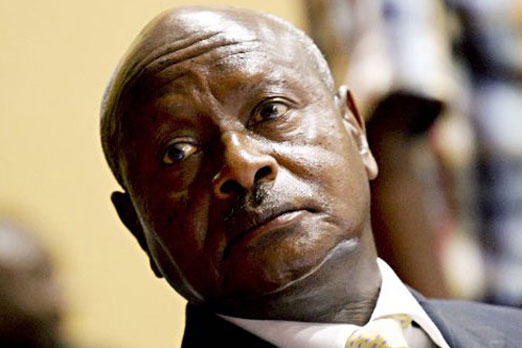By Spy Uganda
Kampala: According to reports quoting Bank of Uganda books, Uganda’s public debt has escalated to 73.8 trillion shillings which is about $20.8 billion.

If it is to be paid by Ugandans, this debt would see every Ugandan paying 1.53 million shillings.
According to the Ministry of Finance, this sharp rise in the national debt stock is due to the Covid-19 crisis, which it says has exacerbated Uganda’s fiscal position and development needs.

The total external debt exposure (outstanding stock of disbursed debt and committed but not yet disbursed debt) accounted for 62 percent of the total public debt in October 2021.

The outstanding stock of disbursed external debt amounted to 12.8 billion dollars, while that not yet disbursed was 4.3 billion.

China remains the biggest bilateral (country) lender to Uganda with her debt now amounting to 2.55 billion dollars followed by Japan and the United Kingdom.
Afreximbank, Stanbic, and Standard Chartered Bank are the country’s top private creditors to the government.

While the official figures show the total debt to GDP ratio slightly below 50 percent, analysts say it does not give the entire picture.
The Uganda Debt Network (UDN) says the statistics only show debt acquired mainly through loan requests, leaving out other government financial obligations like legal fines and penalties, compensations, and other commitments, which they say takes the ratio beyond 50 percent mark.
UDN also warns that the burden is not only increasing through more loans but the rising cost of finance too.
“The average interest rate on external debt increased to 1.4 percent in 2020 from 0.8 percent previously, mainly as low-cost term loans reduce alongside a reduction in the grant element in the new loans. The average repayment period is also reducing,” said UDN in a statement.
The government said last year that it may approach its major creditors including China and the World Bank to negotiate a possible suspension of loan repayments amid a growing default risk after its debt load ballooned 35% in a single year.
The country gobbled up large credit lines from the World Bank, the International Monetary (IMF) and other lenders in 2020 to meet funding pressures triggered by the economic crisis induced by the COVID-19 pandemic
Uganda is joining fellow African countries including Ethiopia, Zambia, Chad and others that are facing debt pressures either triggered or exacerbated by the effects of COVID-19.
Uganda’s external indebtedness was nearly wiped out in mid 2000s under the World Bank and IMF’s debt cancellation programs for poor and highly indebted nations.
But over the last decade the government of President Yoweri Museveni has vastly expanded its borrowing, mostly from China, to fund costly infrastructure including roads, airports, power plants and other projects.







